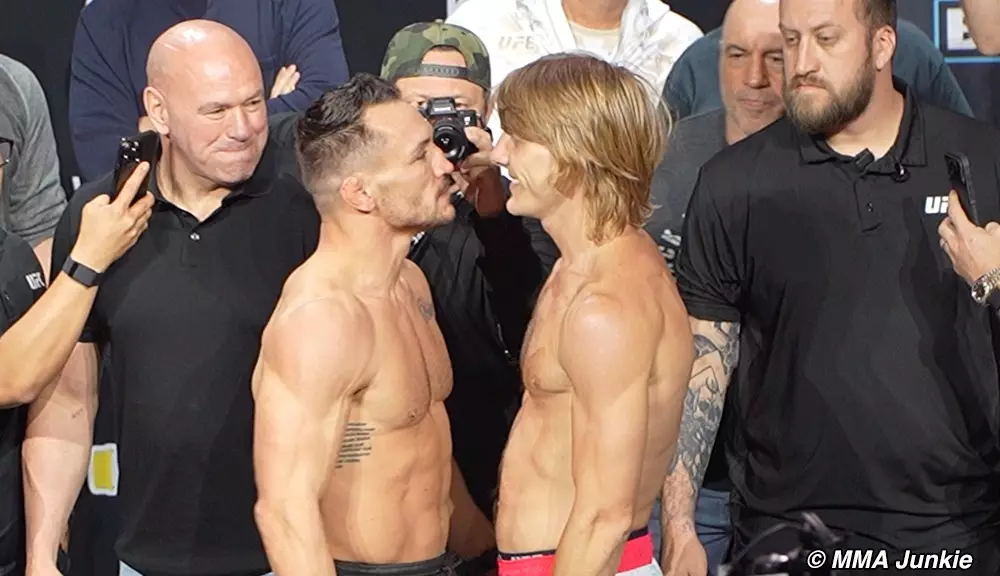The UFC’s dedication to fighter welfare was evidently on display during the recent UFC 314 event in Miami, where fighters earned a collective $300,500 through the UFC Promotional Guidelines Compliance pay. This innovative program seeks to ensure that fighters not only adhere to the UFC’s guidelines but also feel valued financially. By transitioning from the previous Athlete Outfitting Policy to this updated framework, the UFC appears to be making strides in recognizing the efforts and sacrifices of its athletes, a move that resonates deeply within the fight community.
The breakdown of earnings highlights an intriguing tiered payout system based on fighters’ experiences. This method of compensation reflects an understanding that experience counts for a lot in the octagon. Novices with just a few fights under their belts are compensated at a lower tier, while veteran fighters with substantial experience enjoy a more lucrative payout. For instance, champions receive maximum compensation of $42,000, underscoring the importance the UFC places on skill and tenure in the sport.
Equitable Payments for All Fighters
While monetary compensation is crucial, the broader implications of this payout structure can’t be ignored. The system not only rewards winning but also takes into account the number of fights a fighter has participated in, fostering a sense of equity among fighters at different stages of their careers. The ladder of payouts—ranging from $4,000 to $21,000 depending on the number of UFC fights and previous bouts under Zuffa—ensures that fighters are recognized for their dedication to the sport. In an industry often criticized for shortchanging athletes, this approach exemplifies a willingness to innovate within the status quo.
Moreover, the inclusion of royalties from merchandise sales featuring fighters’ likenesses is a progressive step. This provision allows fighters to benefit beyond just fight-night income, incentivizing them to promote their own brands while simultaneously sharing in the success of the UFC. It also has the potential to empower fighters to cultivate diverse revenue streams, a necessity in a sport where injuries and unexpected career setbacks can turn livelihoods upside down.
A Season of Generosity: UFC’s Financial Prowess
The total payouts from UFC 314, in the context of other recent events, paints an impressive picture of financial management within the organization. Comparatively, UFC on ESPN 65 and UFC Fight Night events have shown lower payouts, indicating that marquee events like UFC 314 are not just significant for fan engagement but also for the financial health of its athletes. This trend reinforces the UFC’s role as a powerful brand in promoting and compensating top talent, which could inspire further enhancements in fighter remuneration and overall career support.
In a sport often dominated by tales of struggle and adversity, initiatives such as these offer a glimmer of hope. By financially incentivizing compliance with guidelines and championing fighters’ rights, the UFC is setting a precedent within professional combat sports. As we observe the ongoing evolution in the UFC’s payout structure, one must ponder what further innovations may come and whether they will continue to uplift the very athletes who risk their lives every time they step into the octagon.

